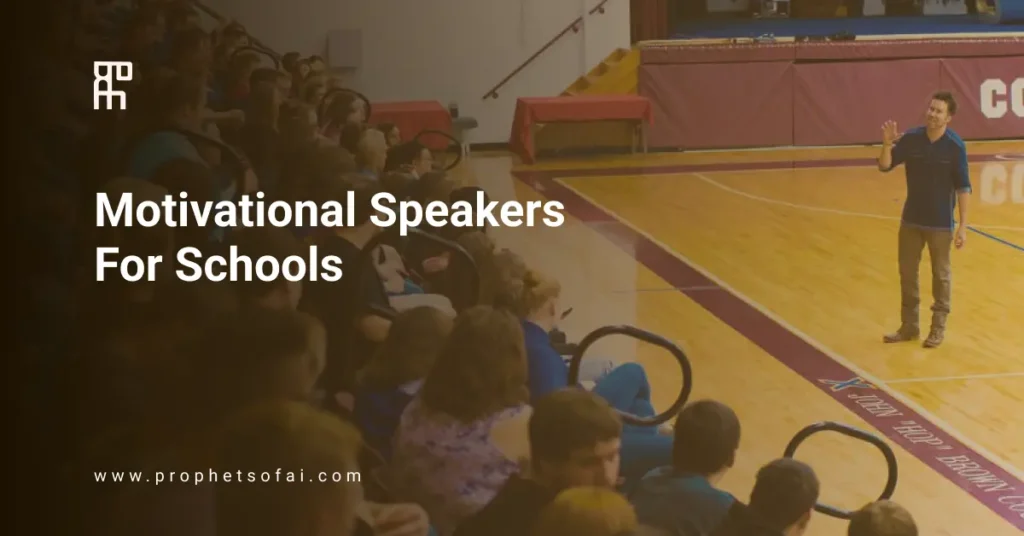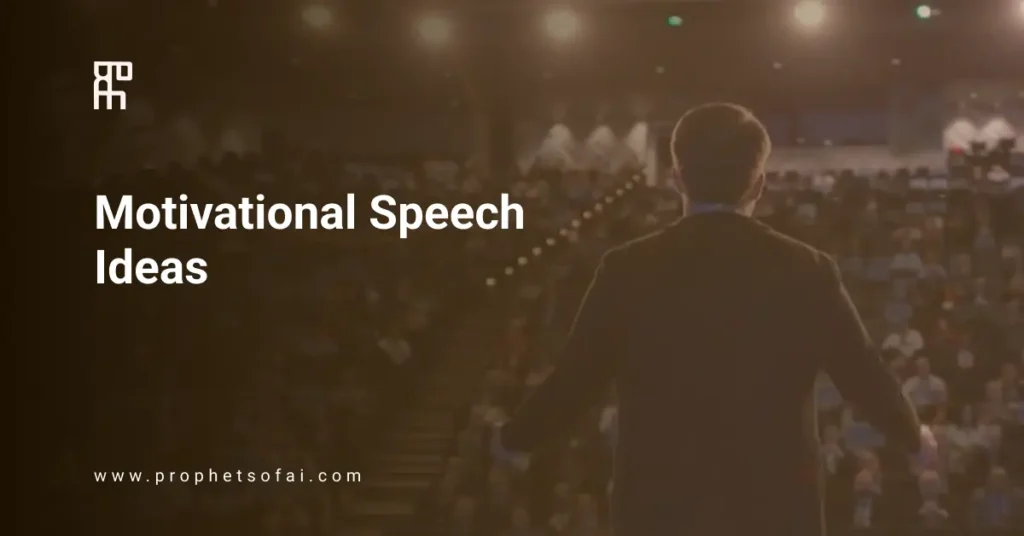Watch any professional keynote speaker command a stage, and you’ll notice something striking: the audience leans in, phones stay pocketed, and people remember the message long after the applause fades. Meanwhile, countless talented professionals with valuable insights struggle to hold attention for even ten minutes. What separates these two experiences isn’t charisma you’re born with—it’s a specific set of learnable public speaking skills.
Here’s the problem with most public speaking advice: it focuses almost entirely on managing fear rather than building competence. You’ll find endless tips about imagining your audience naked or taking deep breaths, but very little about the actual mechanics that make speaking powerful. Fear diminishes naturally when you develop real capability.
This guide breaks down the exact skills that transform nervous presenters into confident speakers—and provides a 90-day roadmap to get you there. Whether you’re preparing for your first presentation or ready to step onto bigger stages, understanding what makes a good keynote speaker starts with mastering these fundamental abilities.
Let’s dive into the three core skills that matter most.
The 3 Core Public Speaking Skills That Matter Most
1. Command Presence (Foundation)
Your physical and vocal presence establishes credibility before you say anything meaningful. Master these fundamentals first:
Voice control is your primary instrument. Professional speakers deliberately vary their pace—speeding up during exciting moments, slowing down for emphasis, and pausing to let important ideas sink in. They modulate pitch to avoid the dreaded monotone trap, and they project power without shouting. Record yourself speaking and you’ll immediately hear where your voice needs work.
Body language follows the 70/30 rule: spend 70% of your time moving purposefully across the stage and 30% planted in power positions. Nervous speakers either freeze in one spot or pace frantically. Intentional movement creates energy; purposeful stillness creates emphasis. Your hands should emphasize your words, not distract from them—gestures at chest level and above feel confident, while fidgeting or pocket-hiding screams discomfort.
Eye contact isn’t about staring down individuals. Scan the room in a Z-pattern, holding each section for 3-5 seconds. This creates connection without making anyone uncomfortable.
Quick Win: Record yourself speaking for 2 minutes. Watch it once with the sound off (body language check), then once with sound only (vocal patterns). You’ll immediately spot your biggest habit to fix.
2. Strategic Storytelling (Connection)
Facts inform, but stories transform. The best speakers structure their content using a simple 3-Act framework: Setup (the situation), Conflict (the challenge or problem), and Resolution (the lesson or outcome). This works whether you’re sharing a personal anecdote or presenting quarterly results.
Balance personal stories with data using a 60/40 split. Too many stories feel fluffy; too much data numbs the audience. The goal is one core takeaway—if your audience remembers only one thing, what should it be? Build everything around that single memorable idea.
Make complex concepts accessible through metaphors, analogies, and examples your specific audience understands. A technical explanation that works for engineers might lose executives, and vice versa.
3. Audience Adaptation (Mastery)
The elite skill separating good speakers from great ones is real-time adaptation. Watch experienced speakers closely—they read energy levels, adjust pacing when attention drifts, and pivot examples based on audience reactions.
Learn to recognize engagement signals: leaning forward, note-taking, nodding, eye contact. Disconnection looks like crossed arms, phone checking, sidebar conversations, or blank stares. When you spot disconnection, change something immediately—your energy, your example, your pace, or even acknowledge it directly: “I can see this is technical. Let me show you what this means for your specific role.”
Handling questions and disruptions with grace demonstrates mastery. Welcome interruptions as opportunities to clarify and engage rather than threats to your agenda. The speaker who adapts owns the room; the rigid presenter loses it.
Before stepping on any stage, prepare thoroughly by understanding your specific context—a keynote needs different energy than a training session, and virtual delivery requires distinct techniques from in-person events.
Your 90-Day Public Speaking Skills Development Plan
Transforming your public speaking requires consistent, structured practice. Here’s a realistic roadmap:
Month 1: Foundation Building
Weeks 1-2: Daily 5-minute recording exercises. Choose any topic, record yourself, and identify one specific improvement. Most discover filler words (“um,” “like,” “you know”) or distracting physical habits they never noticed.
Weeks 3-4: Small group practice with 5-10 people. Team meetings, Toastmasters, or friend gatherings work perfectly.
Focus: Eliminate filler words, fix posture, control pace. Slow down by 25% from what feels natural.
Month 2: Content & Connection
Weeks 5-6: Develop your signature story—a personal narrative you can adapt for various contexts. Write it, practice it, refine based on what lands.
Weeks 7-8: Present to medium audiences (20-30 people). Volunteer for work presentations, community events, or free workshops.
Focus: Create emotional connection, structure around one clear takeaway, master your opening and closing 30 seconds.
Month 3: Professional Performance
Weeks 9-10: High-stakes simulation. Video yourself delivering your best 15-minute presentation, get feedback from three trusted people, iterate.
Weeks 11-12: Real presentation with stakes—leadership pitch, conference talk, client presentation. Gather formal feedback.
Focus: Develop your authentic style, handle pressure gracefully, refine based on real audience response.
Track Progress Weekly (1-10 scale):
- Vocal confidence (projection, pace, clarity)
- Audience engagement (connection, adaptability)
- Content clarity (structure, memorability)
Before any high-stakes presentation, prepare thoroughly by understanding your context—keynotes need different energy than training sessions, and virtual delivery requires distinct techniques from in-person events.
3 Mistakes That Kill Your Public Speaking Impact
Mistake #1: Overscripting Your Talk
The Problem: Memorizing every word makes you sound robotic and prevents real-time adaptation. When you lose your place or face an unexpected question, panic sets in.
The Fix: Use the “pillar points” method. Memorize your 3-5 key messages and your opening/closing lines, but improvise the connecting tissue. This allows you to sound natural while staying on track. Professional speakers know their destination but take slightly different routes each time.
Mistake #2: Ignoring Technical Fundamentals
The Problem: Brilliant content dies when delivered through poor mic technique, cluttered slides, or awkward stage positioning. Technical incompetence destroys credibility instantly.
The Fix: Arrive 30 minutes early to test everything. Learn basic microphone skills (hold handheld mics at chin level, speak across not into them). Keep slides minimal—one idea per slide, large fonts, more images than text. Understand stage geography—center stage for key moments, movement for transitions.
Different speaking contexts demand different technical approaches. Understanding whether you’re functioning as a keynote speaker versus a motivational speaker helps you adjust your technical setup and delivery style appropriately.
Mistake #3: Not Reviewing Your Performances
The Problem: Without video review, you repeat the same mistakes indefinitely. You can’t feel what the audience sees.
The Fix: Record every talk. First, watch with sound off to evaluate body language—are you fidgeting, swaying, or making distracting gestures? Then watch with sound only to catch verbal tics, pace issues, and vocal variety. Compare recordings over time to track improvement. Build this habit and your growth accelerates exponentially.
Conclusion: From Skills to Opportunities
Public speaking skills compound over time—small improvements create massive long-term results. The speakers commanding stages today started exactly where you are now. The only difference? They committed to deliberate practice.
Your Next Steps:
- Record yourself speaking this week and identify one habit to fix
- Join a speaking community (Toastmasters, industry groups, local business associations)
- Book a low-stakes speaking opportunity within 30 days
Start your 90-day journey today. Each presentation makes the next one easier, each video review sharpens your awareness, and each audience interaction builds your confidence. Professional speaking isn’t a talent you’re born with—it’s a skill you develop through consistent, intentional practice.
Ready to elevate your speaking to the keynote level? Prophets of AI connects exceptional speakers with audiences worldwide, helping you transform public speaking mastery into meaningful opportunities.





